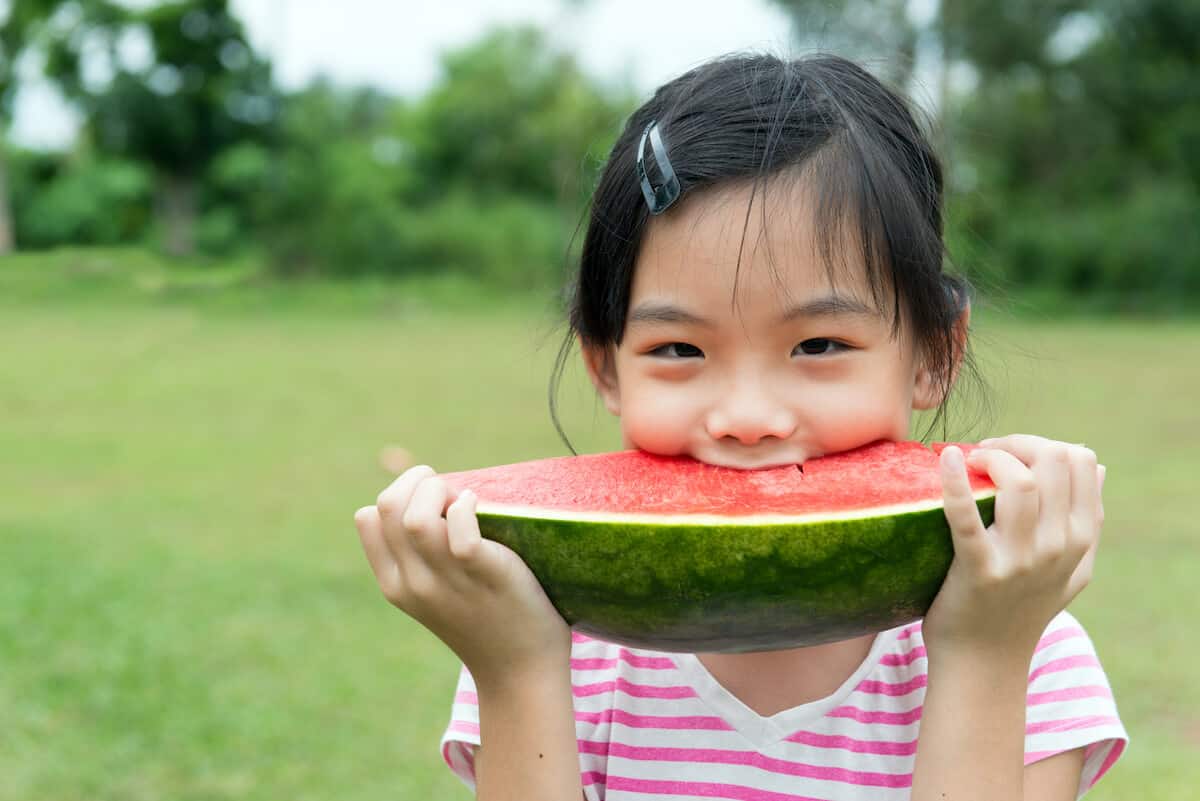How Do We Taste? The Miraculous Sense of Taste

What tastes good, and what food would you rather never savor again? Everyone’s answer is different! Your favorite food might be something your best friend won’t touch. How do we taste and when are likes or dislikes for certain foods formed?
How Do We Start Tasting?
Our taste is a complex sensory impression made up of gustatory (sense of taste), olfactory (sense of smell), haptic (sense of touch), and optical impressions. Our sense of taste is localized on the tongue. In the center and at the edges of the tongue there are approximately 3,000 taste papillae, each of which holds five to ten taste buds.
These, in turn, contain between 40 to 60 sensory cells. The sensory cells register the flavor of food, triggering a stimulus. This stimulus is transformed into impulses that are transported via nerve fibers to different areas of the brain.
How Taste Develops
In kids, the sense of taste develops in the following stages:
- By the tenth week of pregnancy, the first taste buds are formed. A few weeks later, the buds begin to communicate with the nerves of the unborn child. The embryo already has early taste impressions and sensations.
- Newborns can already distinguish between different sugar concentrations, so scientists assume an innate human preference for sweet things. One thing all newborns have in common: They initially reject anything that is sour, salty or bitter. The American scientist Paul Rozin even speaks of the “evolution of disgust” meant to guide us away from foods that are unsafe, because there is nothing sweet in the world that is also poisonous.
- Around four months kids can also perceive salty flavors.
- At the age of three, the formation of the taste organs and their networking with the nervous system have been completed. So children can experience the full spectrum of flavor sensations at this age.
- Fun facts: Around one hundred years ago, another tasting sensation was discovered, which was named umami. But scientists didn’t know how it worked how the receptor works until the 1990s. The umami taste signals to the body that it is ingesting protein-rich food, specifically the salty flavor of the amino acid glutamate.

Learning Processes Change a Child’s Tastes
Kids’ tastes change strongly as they grow up as they become exposed to new foods. They have to eat many different foods several times in order to form so-called “taste patterns“. This creates a kind of “archive” that helps the child to classify new flavors. People who try plenty of different foods as a child will, therefore, be better able as an adult to deal with new flavor impressions. You can picture these patterns like a map on which various landmarks are entered.
Flavors and Pleasure
Pleasure can accompany “taste” because as a type of survival mechanism. As we develop, we need a sense of taste to help us distinguish the quality and tolerability of food. Tasting helps us stay healthy since we’re wired to like sweet things that aren’t poisonous. This ability is especially important while we’re still growing. So children have finely honed nerves for different flavors, and they use them very critically.
Keep Foods Interesting
Getting used to a particular food takes patience and consistency. Serving spaghetti with tomato sauce every day may be easy, but children and adults will never get used to new things unless they try them again and again. It’s a good idea for parents to set the table differently from time to time – but also to keep serving new foods. With a balanced diet, you can ensure that your kids develop a broad archive of flavors that they can draw on later as adults.
It’s Never Too Late to Enjoy a Variety of Food
If your child seems stuck in a food rut, use outside influences to help you. Food advertising on television and the internet, in magazines and posters, and at the supermarket, etc. can contribute to encouraging children to try new foods.
This can be a slippery slope, so make sure you’re highlighting healthy options instead of junk food. Also, if trying a new food seems too daunting for a child, just have them take a lick. They might reject it at first, but after a while, a little exposure to many different foods will lead to an adult with a complex palate. Bon appetite!
For more family wellness tips and advice check out the Wellness category on FamilyApp.





